Footwear at Orthotics Plus
At Orthotics Plus, upgraded footwear is available in three ways
- Review of existing footwear
- Modification of existing footwear
- Prescription of new custom footwear
Most of our patients have some type of foot or ankle complaint, and it’s crucial to consider their current footwear to provide effective orthotic devices.
For example, if a patient arrives wearing poor-performing footwear, our prescription of various Orthotics is hampered. A significant part of our discussions involves education on the appropriate type of footwear to effectively utilise orthotic devices.
Better footwear can complement the function of an orthotic device and is often a crucial part of the puzzle.

Footwear Services
-
Learn More +
Custom Footwear
Bespoke Footwear & Modifications

-
Learn More +
Carbon Fibre
Footwear Stiffening
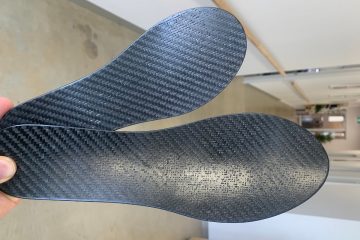
-
Learn More +
Custom Orthotics
Hand-made Foot Orthotics
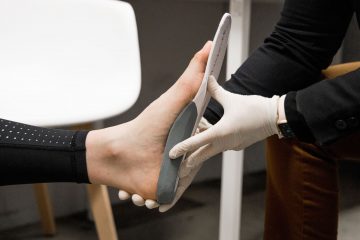
-
Learn More +
Silicone Cushions
Sales, Fitting & Rehabilitation
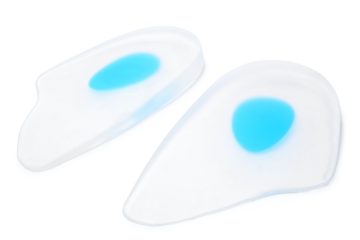
-
Learn More +
Diabetic Shoes
Experienced with Diabetic Support

-
Learn More +
Shoe Laces
Accessible Shoe Laces
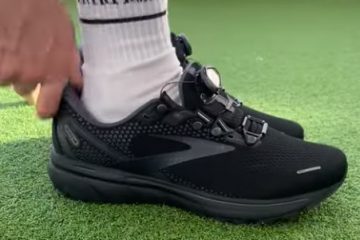
Footwear Modifications Available at Orthotics Plus
Shoe Widening – For some patients, custom footwear may not be necessary. Instead, we can widen the sole of the shoe for individuals with wide, flat feet or people with diabetes with Charcot foot, providing better comfort and support without the expense of custom options.
Velcro Laces – Switching from traditional laces to Velcro closures can benefit patients with upper limb dexterity issues. Those who struggle to tie laces or reach their toes can find Velcro a practical and adjustable alternative that enhances ease of use.
Boa Dial Laces – Transitioning from lace-up shoes to those with a Boa dial allows for easy adjustments with a simple turn, making it user-friendly for individuals who may have difficulty with traditional laces due to hand function issues.
Cutouts – For patients with significant bunions, we can create a cutout in the shoe’s material. By cutting out a spherical section (about the size of a 20-cent coin) and adding a soft piece of leather, we can alleviate rubbing and improve comfort.
Heel Raises – In cases where patients have limited ankle range, heel raises can be added to their shoes enhancing overall mobility. Heel raises work by elevating the heel relative to the forefoot, which alters the foot’s biomechanics of force distribution, muscle activation, positioning, and giving more functional dorsiflexion range.
Wedges/Flares – Typically made from Ethylene Vinyl Acetate, can help stabilise the foot and improve balance. These modifications are particularly beneficial for patients with inversion issues or who need additional stability at the ankle.
Adjustment of Straps – Can improve fit and support, ensuring patients receive the necessary stability. Proper strap adjustments can also accommodate swelling or changes in foot size.
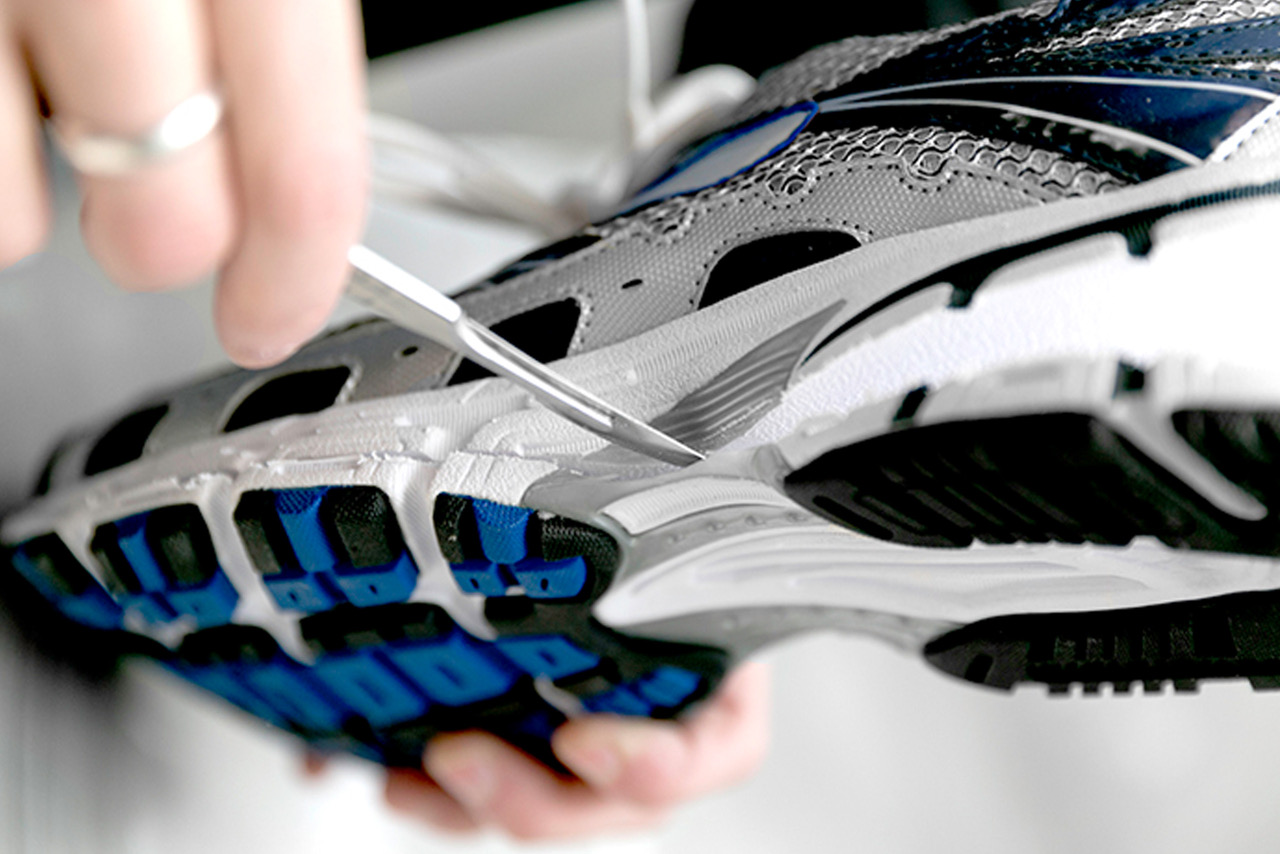
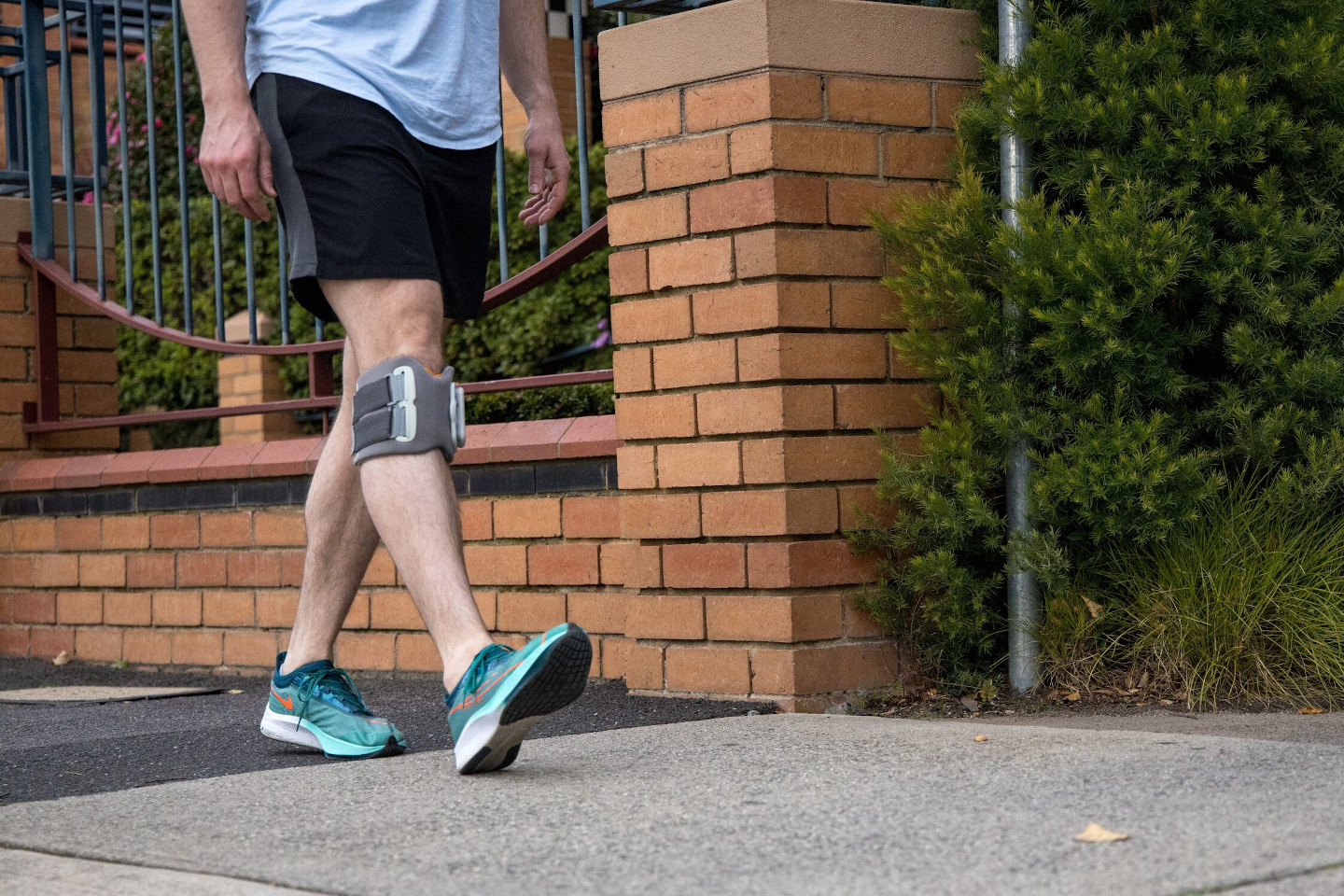
Patient Feedback Around Footwear
One of the biggest issues we face is cosmesis, meaning the patient’s preference for the shoe’s appearance.
We factor in personal taste and preference when giving advice and options.
Patients must be willing to wear the shoes and find them visually acceptable.
Additionally, the shoe must accommodate their orthotic device and foot comfortably without feeling ‘too tight’.
From a functional perspective, we observe improvements when patients transition from wearing ‘bad shoes’ to supportive, appropriate shoes. This change enhances their foot posture and control, as seen in their walking patterns.
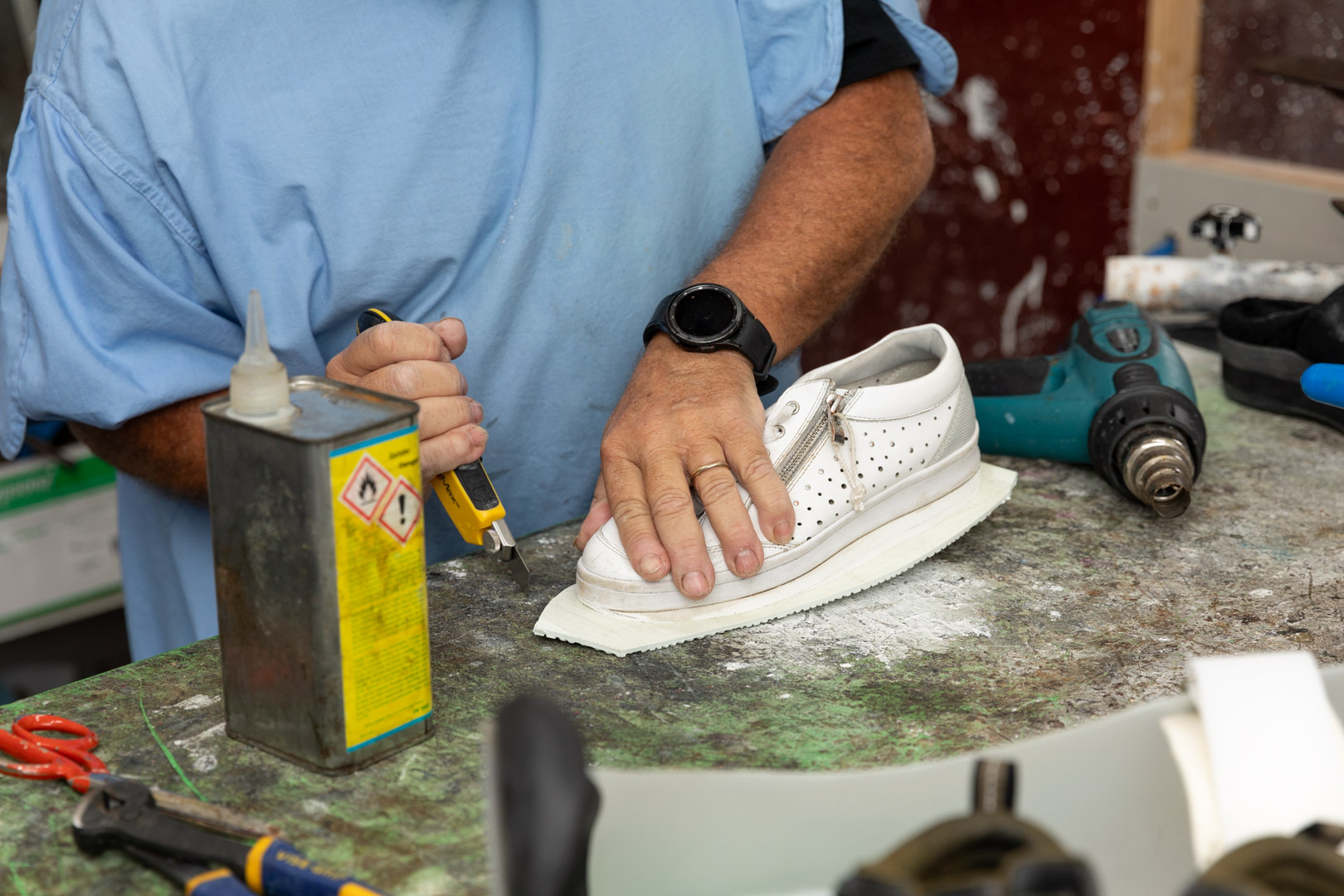
FAQ
A patient, referred to as Geoff, has undergone an ankle fusion, resulting in a lack of heel-toe movement.
To improve his mobility, we considered modifying his shoes with a rocker sole—a curved sole that facilitates the transition from heel to toe.
Additionally, Geoff presents with a CVA (stands for Cerebrovascular Accident) varus foot posture, walking primarily on the lateral side of his foot. To prevent further ankle rolling, we would add a lateral flare to his shoes, increasing the width on the outer side by 1-2cm.
For his midfoot arthritis, we integrated a carbon fiber stiffener to limit midfoot flexion and alleviate pain.